Garden Design Tips UK: Create Your Perfect Outdoor Space
Designing a garden in the UK can be a delightful and rewarding project. Whether you are working with a small backyard or a spacious plot, there are numerous ways to create a beautiful and functional outdoor space. From choosing the right plants to planning out your garden layout, the possibilities are endless.
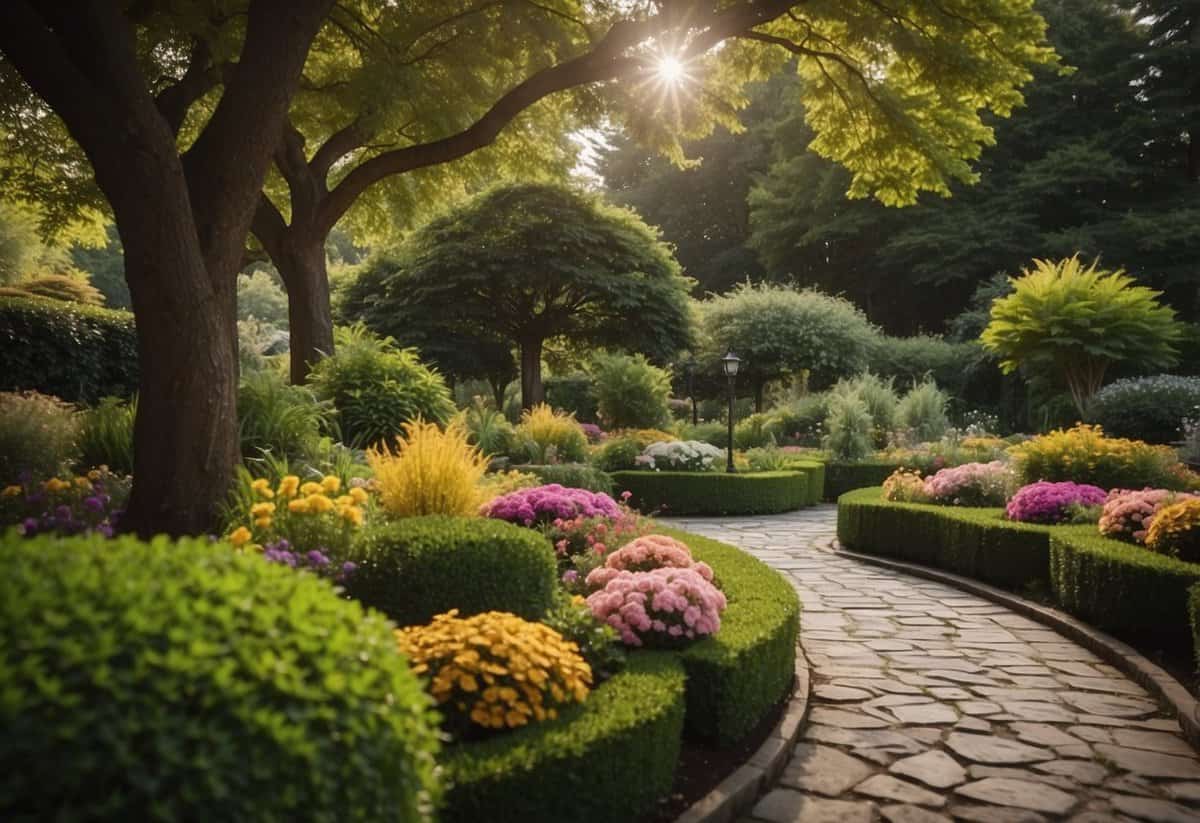
What are the best tips for designing your dream garden in the UK? In this article, you’ll find practical guidance that caters specifically to the UK’s climate and gardening conditions. With helpful advice, you can transform your garden into a vibrant haven that reflects your personal style.
1) Add a focal point, like a birdbath or a statue

Adding a focal point can bring your garden to life. A birdbath is a simple way to do this. Birds love to splash and play, making it a lively spot in your yard.
You could also choose a statue to stand out among the plants. It adds character and gives your garden a unique touch. Whether it’s large or small, it can give your garden a focal point that draws the eye.
Consider placing your birdbath or statue where it can be easily seen and enjoyed. This will make your garden a beautiful and inviting space.
2) Install Raised Flower Beds for Easy Maintenance
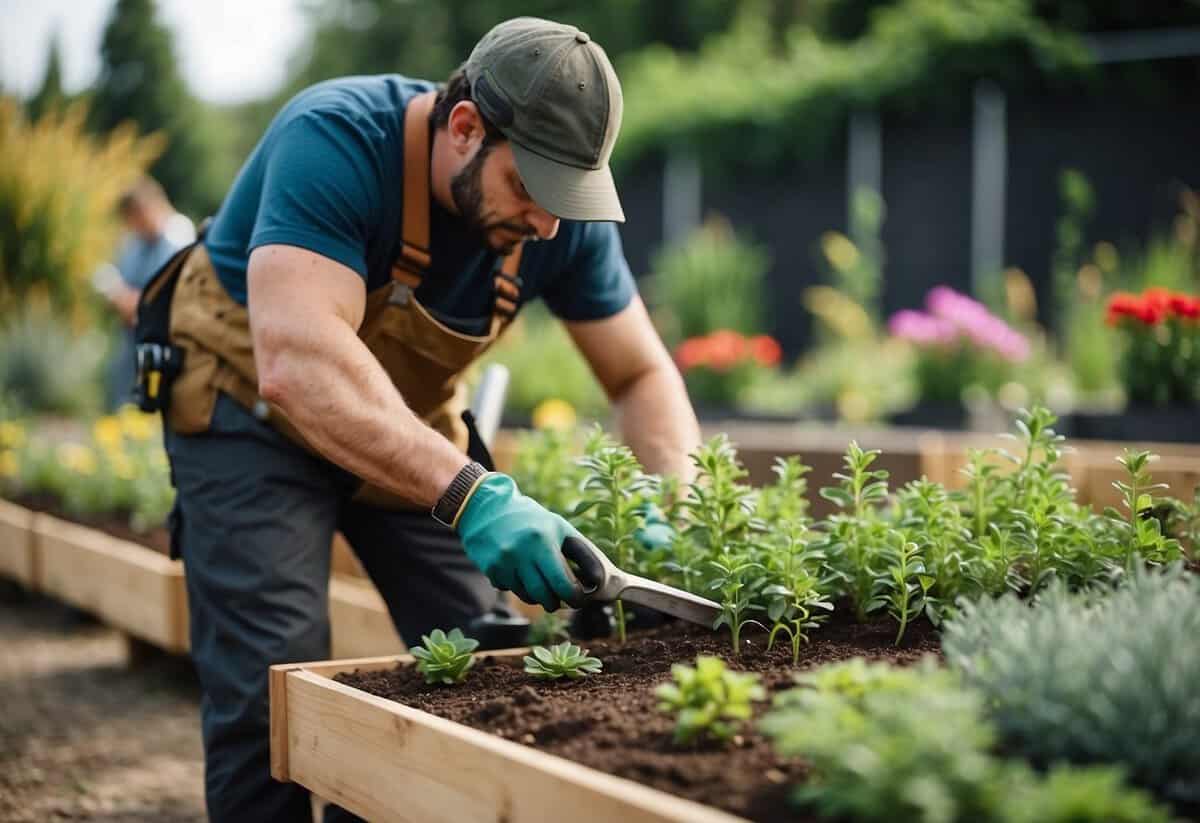
Adding raised flower beds to your garden can make upkeep a breeze. They allow you to control the soil quality and drainage more effectively. This means less weeding and healthier plants.
You can use materials like wood or bricks, which are both stylish and durable. Raised beds also make it easier to reach your plants without bending over. This can be especially helpful if you have mobility issues. Filling the beds to the top and topping up as needed reduces the need for constant adjustments.
3) Create a Winding Garden Path with Stepping Stones
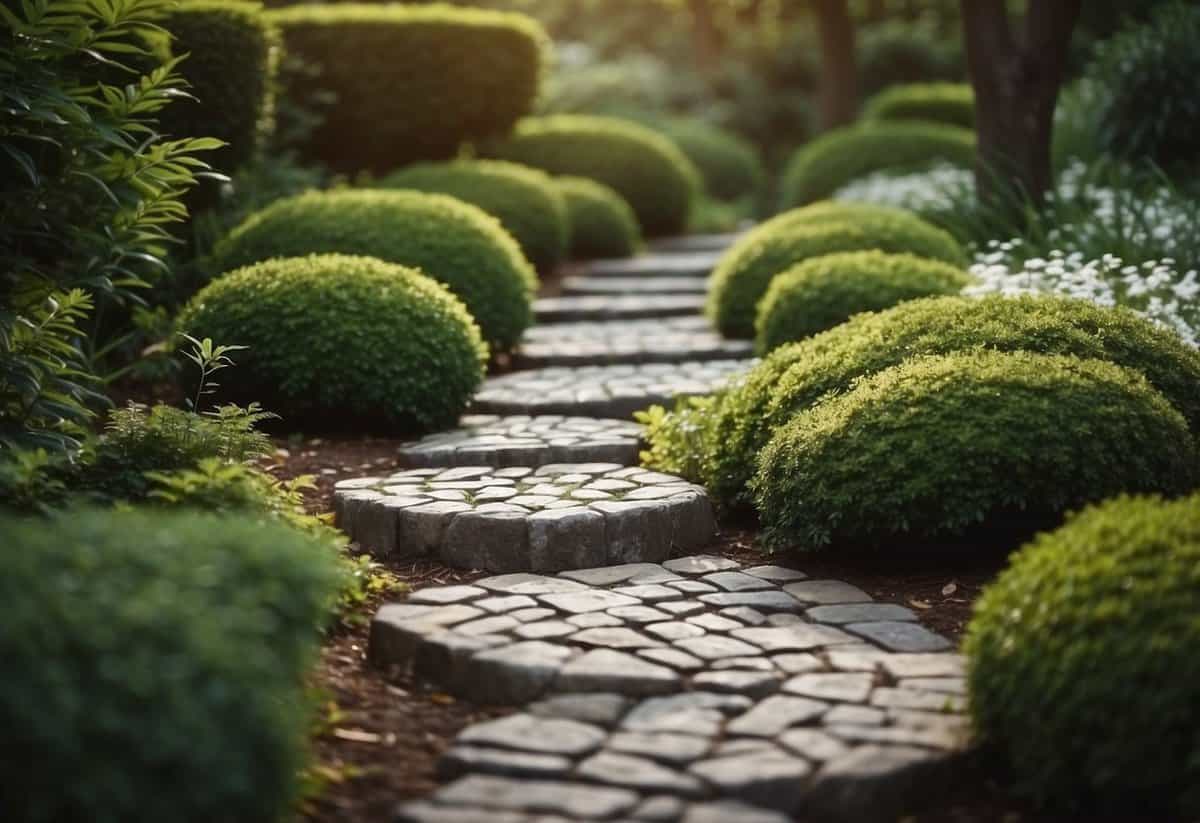
Adding a winding garden path with stepping stones can transform your garden into a serene space. This design not only looks beautiful but also adds a practical walkway.
Use large, flat stones for a stable path. Arrange them in a gentle curve to create a natural, flowing look. Leave some space between each stone for plants or grass to grow, blending the pathway with the garden.
Choose materials that match your garden style. River rocks or natural stones give a rustic feel. Concrete stepping stones offer modern charm. Both options create an inviting path that complements your outdoor space.
Learn more about stepping stone walkway ideas.
4) Incorporate native plants to attract local wildlife
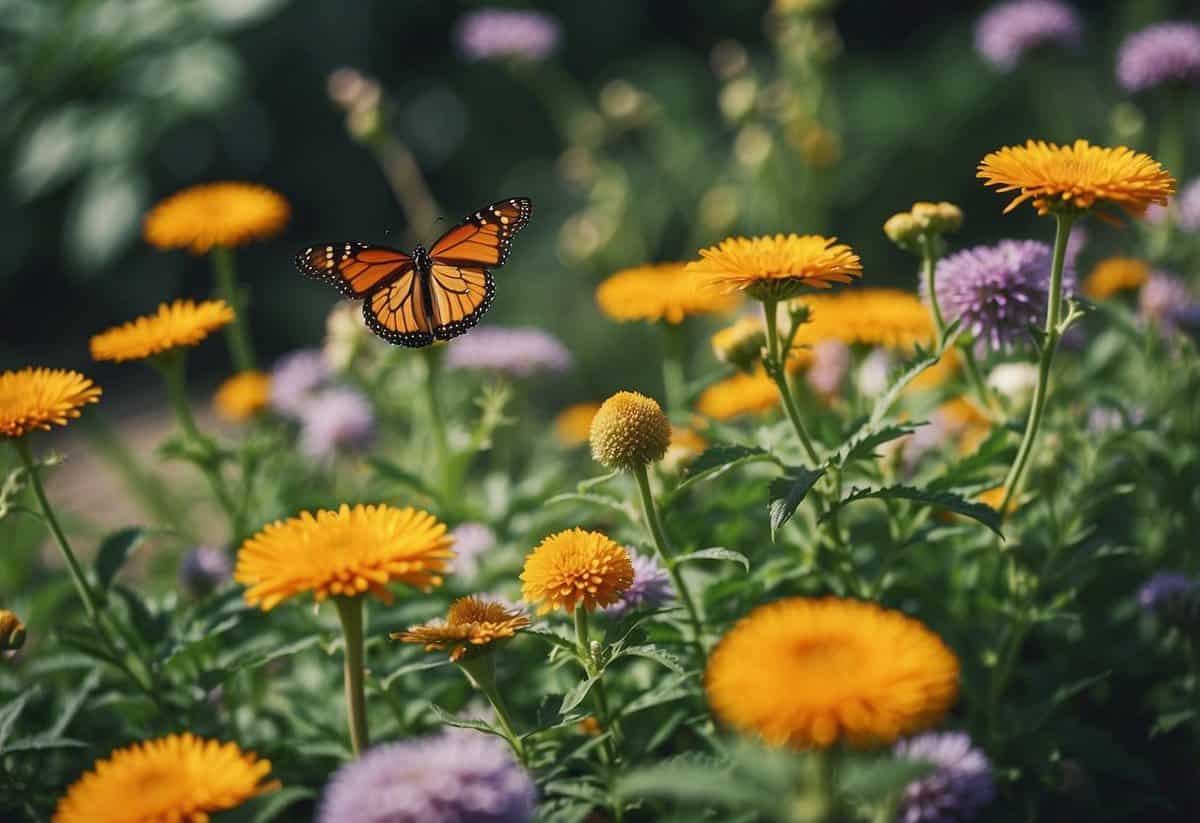
Using native plants in your garden design is a great way to attract local wildlife. Native plants are adapted to your climate and soil, making them easier to care for.
Include a mix of flowering plants that provide nectar throughout the year. This will support bees, butterflies, and other pollinators.
Try planting shrubs and trees that produce berries, nuts, or seeds. These can provide food for birds and small mammals. By choosing native species, you help create a sustainable environment for local wildlife.
Learn more about native species for the UK at Urban Wild Garden.
5) Use vertical gardening techniques for small spaces

Vertical gardening is a great way to make the most of limited space. By growing plants upwards, you can fit more into a smaller area. This is perfect for urban gardens or small backyards.
You could start by using a framed green wall to create a living piece of art. Reusing plastic bottles can also be an eco-friendly option.
Another idea is to plant up a ladder. This traditional approach uses vertical space effectively.
6) Install a Water Feature for a Soothing Ambiance

Adding a water feature to your garden creates a calming atmosphere. The sound of trickling water can help you unwind after a long day.
You can choose a simple bowl of water or a small fountain. Reflecting pools are another great option for a more minimalist look.
A wildlife pond can attract birds and other creatures, making your garden even more lively.
7) Plant a mix of perennials and annuals for year-round color
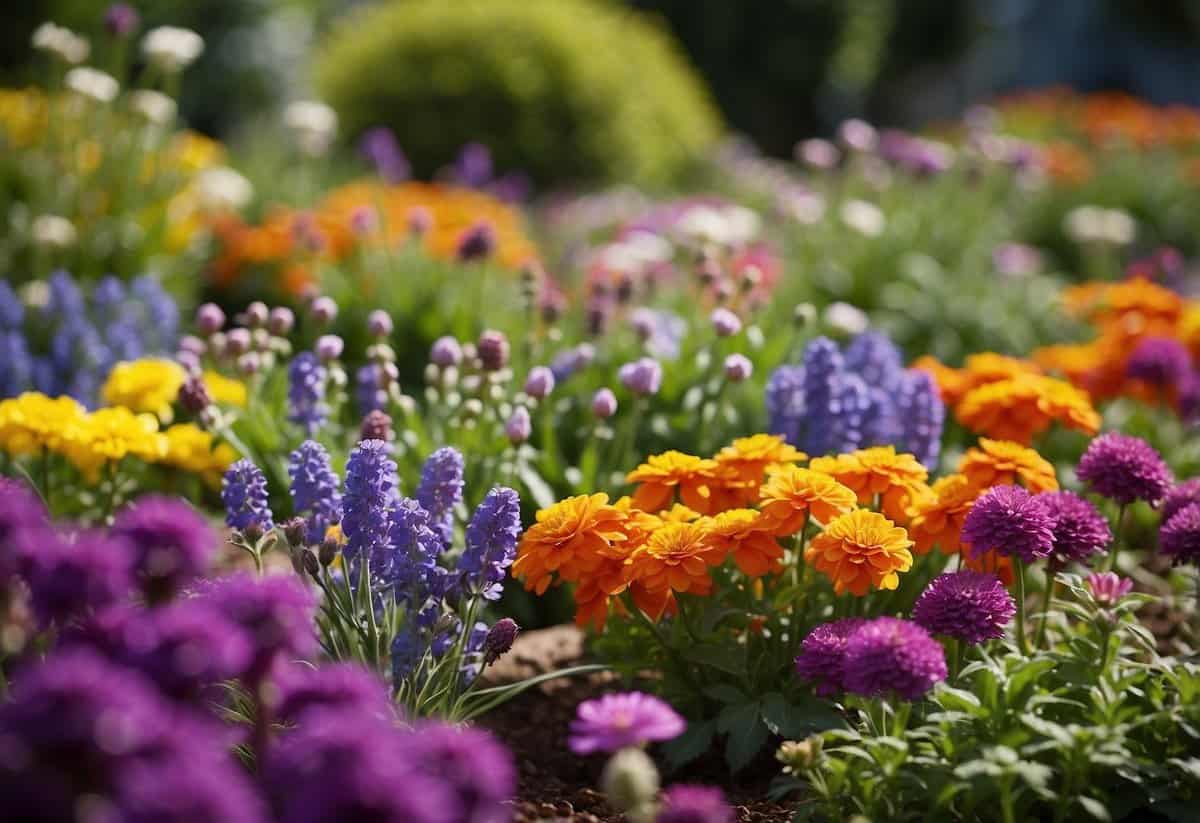
Mixing perennials and annuals in your garden can ensure vibrant color throughout the year. Annuals provide a burst of color for one season, while perennials come back year after year.
For example, you can plant daisies and lilies, which are perennials, along with colorful annuals like marigolds.
Combining these types of flowers helps maintain interest and beauty in your garden across different seasons.
8) Incorporate seating areas to enjoy your garden

Adding seating areas to your garden lets you relax and enjoy your outdoor space.
An egg chair is cozy and stylish, providing the perfect spot to unwind.
Integrate seating with features like raised ponds to maximize space.
Place benches on the sunniest side to soak up the warmth.
Use metal or gabion seating for a modern touch in your garden design.
9) Use Decorative Containers for Mobility and Design

Decorative containers can brighten any garden. They are perfect for people who need to move plants around easily.
You can place pots on wheeled trolleys for quick changes. This helps when creating shaded areas or if you need to adjust for weather conditions.
Using colorful and stylish pots adds a touch of personalization. Try combining different sizes and textures to make your garden unique and accessible.
10) Add garden lighting for evening enjoyment

Adding lighting to your garden can transform it into a cozy and inviting space after dark. Tea lights in jam jars are a simple and affordable option.
Lanterns and garden torches with citronella can also add a charming touch while keeping insects away. Look into larger lanterns with ornate designs for a stylish effect.
If you’re looking for a statement piece, consider a tall fixture like a lighthouse-inspired beacon light. This can create a striking focal point and add a maritime vibe to your garden.
Position lights near access points and pathways for practical and aesthetic benefits.
Choosing the Right Plants

Choosing the right plants for your garden in the UK involves understanding the differences between perennials and annuals and the benefits of using native plants. This makes your garden not only more beautiful but also easier to maintain.
Perennials vs. Annuals
Perennials come back every year, saving you time and money. They tend to be less labor-intensive since you don’t have to replant them annually. Popular choices in the UK include lavender and peonies. These plants also tend to develop deeper root systems, which makes them more drought-resistant.
Annuals, on the other hand, bloom for just one season but often provide more vibrant colors. Examples are marigolds and petunias. Planting them can offer you the flexibility to change your garden’s look each year. For a balanced garden, you could combine perennials for structure and annuals for seasonal bursts of color.
Native Plants for the UK
Using native plants in your garden has multiple advantages. They are well-adapted to the local climate, which makes them easier to care for. Examples include the common bluebell and the English oak. These plants are more resistant to local pests and diseases, reducing the need for chemicals.
Native plants also support local wildlife. For instance, choosing native flowers can attract bees and butterflies, enhancing the biodiversity of your garden. If you want a sustainable and wildlife-friendly garden, incorporating native plants is a smart choice. You can find a list of recommended native plants at Royal Horticultural Society.
Design Principles for UK Gardens

When designing a UK garden, focus on balancing color and texture among plants and creating focal points to draw the eye.
Balancing Color and Texture
Choosing the right mix of colors and textures can make your garden vibrant and interesting. In the UK’s climate, consider using hardy plants that can withstand different weather conditions. Combine plants with different leaf shapes and flower types to create a rich tapestry of textures.
For instance, pair large-leafed plants like hostas with fine-textured grasses for contrast. Aim for a color scheme that complements the surroundings, such as cool tones like blues and purples for a serene look. Learn more about color schemes.
You can also add seasonal interest by selecting plants that bloom at different times of the year. This keeps your garden looking fresh and dynamic throughout the seasons.
Creating Focal Points
A focal point can anchor your garden design and draw attention to specific areas. It could be a large tree, a sculpture, or even a colorful flower bed. Position these elements where they can be easily seen, but not overwhelming.
For a small garden, a brightly colored pot or a unique plant can serve as a focal point. In larger spaces, multiple focal points like a series of arches or strategically placed seating areas can add depth. Get more ideas on focal points.
Using pathways can also guide visitors to these focal points. Try cobblestone or gravel paths to add a rustic touch, making the journey through the garden as pleasing as the destination.







